Setting up your downhill bike for races is key to top performance on tracks. A great downhill bike setup boosts your speed, control, and safety. This lets you confidently take on tough terrains. In mountain bike racing, getting your suspension, tyre pressure, and parts right can be the difference between winning and losing.
Look at pro athletes like James Hayden for inspiration. He got second in the Silk Road Mountain Race thanks to his bike setup. He focused on reliability and comfort, picking the right maintenance tools. A solid racing bike setup increases your enjoyment and safety, plus it gives you an edge on race day. Tools like a shock pump, precise Allen keys, and pressure gauges are essential. For tips on the perfect setup, see this detailed guide on downhill bike setup.
Understanding the Importance of Proper Setup
A well-set-up downhill bike is key for the best performance. It helps riders do their best on trails. Adjusting parts changes handling and responsiveness. This makes it easier to deal with tough terrains. Knowing about bike setup and tweaking it for your riding style really changes bike performance.
Why Setup Matters for Performance
Having the right setup boosts bike performance. Tweaking the suspension can greatly improve how it responds to different terrains. For example, getting the air-spring rates or sag right is crucial. Experts say fork sag should be 20-30% and rear shock sag 25-35%. Such settings increase control and speed.
Impact on Comfort and Safety
Comfort makes riding more enjoyable. Wrong saddle height or handlebar position causes fatigue. This affects how well you ride and enjoy it. Such discomfort also lowers safety in mountain biking. Proper brake lever alignment is essential for quick stops. This reduces accidents. Regular setup checks keep rides comfortable and safe. To learn about suspension setup, look at this guide on suspension tuning. Or check this beginner’s manual for setting up your mountain bike.
Choosing the Right Components for Your Downhill Bike
Choosing the right parts for your downhill bike is key to better performance and fun. Each component impacts how the bike performs on different grounds and against impacts. Let’s explore the essential parts needed for a great downhill setup.
Brakes and Rotors
Brakes and rotors are critical for your safety and managing the bike. Large rotors, around 220mm, with four-piston calipers, provide strong stopping power. This makes you more confident when going fast downhill. Sintered brake pads are best for long rides as they don’t fade easily from heat.
Suspension Systems
The suspension system is another key factor. Good suspension gives you stability and comfort on bumpy paths. Dual crown forks with 200mm of travel are best for downhill. They soak up impacts well. High-end models, like Fox’s Factory range, offer more adjustments for a smoother ride.
Tyres and Wheel Size
Choosing tyres carefully improves grip and control. Tubeless tyres are lighter and resist punctures well. The Maxxis High Roller, especially in 2.5-inch width, grips well on different grounds. Wheel size is important too. The common sizes, 27.5 inches and 29 inches, handle differently. This is something to consider for UK trails.
| Component | Recommendation | Benefits |
|---|---|---|
| Brakes | 220mm rotors with four-piston calipers | Enhanced stopping power and heat dissipation |
| Brake Pads | Sintered pads | Resistant to fading during long descents |
| Suspension | Dual crown forks (200mm travel) | Superior impact absorption and ride stability |
| Tyres | Maxxis High Roller (2.5-inch) | Excellent grip and adaptability to terrain |
| Wheel Size | 27.5 or 29 inches | Tailored handling characteristics |
By picking these components with care, riders will vastly better their downhill bike riding. They ensure top performance and safety on tough trails.
Essential Tools for Downhill Bike Maintenance
Keeping a downhill bike in shape needs the right tools. Regular care makes sure your bike performs well and is safe on trails. Let’s look at the must-have tools and tips for keeping your bike running smoothly.
Tools You Will Need
Good tools are key for bike upkeep. Below are the tools every bike owner needs:
- Shock Pump: The Lezyne Shock Drive pump allows for precise pressure changes with its easy-to-read gauge.
- Torx Keys: A T25 torx key is often used for disc rotors. Lezyne offers a set suitable for bikes with various torx bolts.
- Allen Keys: You’ll need 3, 4, 5, 6mm sizes, plus an extra 2mm, 2.5mm, and 8mm for other bike parts.
- Chain Whip and Cassette Lock-Ring Tool: Park Tools or Shimano are top choices for easy cassette removal.
- Tire Pressure Management: The Topeak JoeBlow Tubi 2Stage pump or tubeless tire inflator is great for tyre inflation and pressure checks.
- Tire Levers: The Topeak Shuttle 1.2 combines strength and design in steel and plastic.
- Grease Gun: For precise grease application, the Weldtite grease gun is perfect.
- Torque Wrench: The Topeak Torque 5 wrench ensures correct fastener tightening at 5Nm.
Routine Maintenance Tips
Following these maintenance tips will help your bike last longer and perform better. Here’s what to do:
- Check your brakes often, especially after intense rides, to make sure they work well.
- Keep an eye on your suspension and adjust it for different conditions.
- Look after your brake pads by sanding them down if they get glazed from heat.
- Use a spoke key, like the M-Part Buddy Spokey, to tighten any loose spokes without delay.
- Do a regular check-up of all parts and tighten any loosened fasteners.
| Tool | Function | Recommended Brand |
|---|---|---|
| Shock Pump | Adjust pressure for suspension | Lezyne |
| Torx Key Set | Tightening disc rotors | Lezyne |
| Allen Key Set | General maintenance | N/A |
| Chain Whip | Cassette removal | Park Tools/ Shimano |
| Tire Pump | Inflating tires | Topeak |
| Tire Lever | Removing tires | Topeak |
| Grease Gun | Applying grease | Weldtite |
| Torque Wrench | Tightening bolts | Topeak |
Key Settings for Downhill Bike Setup for Racing
Setting up your bike’s shock settings and fork correctly is key for racing downhills. These adjustments enhance how your bike handles and help with control on different terrains. Knowing how to tweak these can mean the difference between an okay ride and winning.
Rear Shock Sag Settings
For downhill racing, set your rear shock sag between 30% to 35% of its total travel. This setup helps your bike cope with tough trails. To find the right sag, stand on your bike in riding gear. Check how much the shock compresses. Remember, your weight affects the spring weight needed, which ranges from 225lb to 575lb.
Adding tokens, from 1 to 6, lets you fine-tune the suspension. This customization makes your ride smoother.
Fork Compression and Rebound Adjustments
Aiming for 25% sag in your fork is crucial too. Adjust the fork’s compression and rebound to suit the track. Air pressure settings between 72psi and 172psi are a good start. Choose faster rebound for smooth sections and slower for rough spots.
With up to 21 clicks of adjustment available, fine-tuning is key for top performance. To get even better at setting up your bike, check out this guide on preparing your bike for racing.
FAQ
What is the ideal rear shock sag for a downhill bike?
The perfect sag level for a downhill bike is around 30 to 35 percent. This allows you to have better control and grip while on rough trails.
How do I choose the right brake rotor size for my downhill bike?
Larger brake rotors, 220mm with four-piston calipers, are ideal. They improve heat loss and make braking more efficient, especially on steep slopes.
Why is regular maintenance important for my downhill bike?
Keeping your bike in good shape ensures it performs well and is safe to ride. Checking the brake pads and suspension can avoid common issues. It also helps your bike handle different types of land well.
What tools do I need for maintaining my downhill bike?
You’ll need a shock pump, Allen keys, a pressure gauge, and a track pump. These tools help you make precise adjustments and keep your bike in top condition.
How should I adjust my fork compression and rebound settings?
Adjust your fork settings to match the trail. Use slower rebound for rough and quick trails. For smooth ones, faster settings are better.
What type of tyres are best for UK trails?
The Maxxis High Roller tyre, 2.5-inch wide, is great for UK trails. It has a soft compound for grip and a good tread pattern for quick, stable handling.
What is the impact of handlebar height on my comfort during rides?
Having your handlebars at the wrong height can make you tired and uncomfortable. The right height makes your rides much better in terms of quality and comfort.
How often should I check my bike’s brake systems?
Check your brakes often, especially before major rides or races. This helps spot wear and tear, keeping your rides safe and your bike’s performance top-notch.
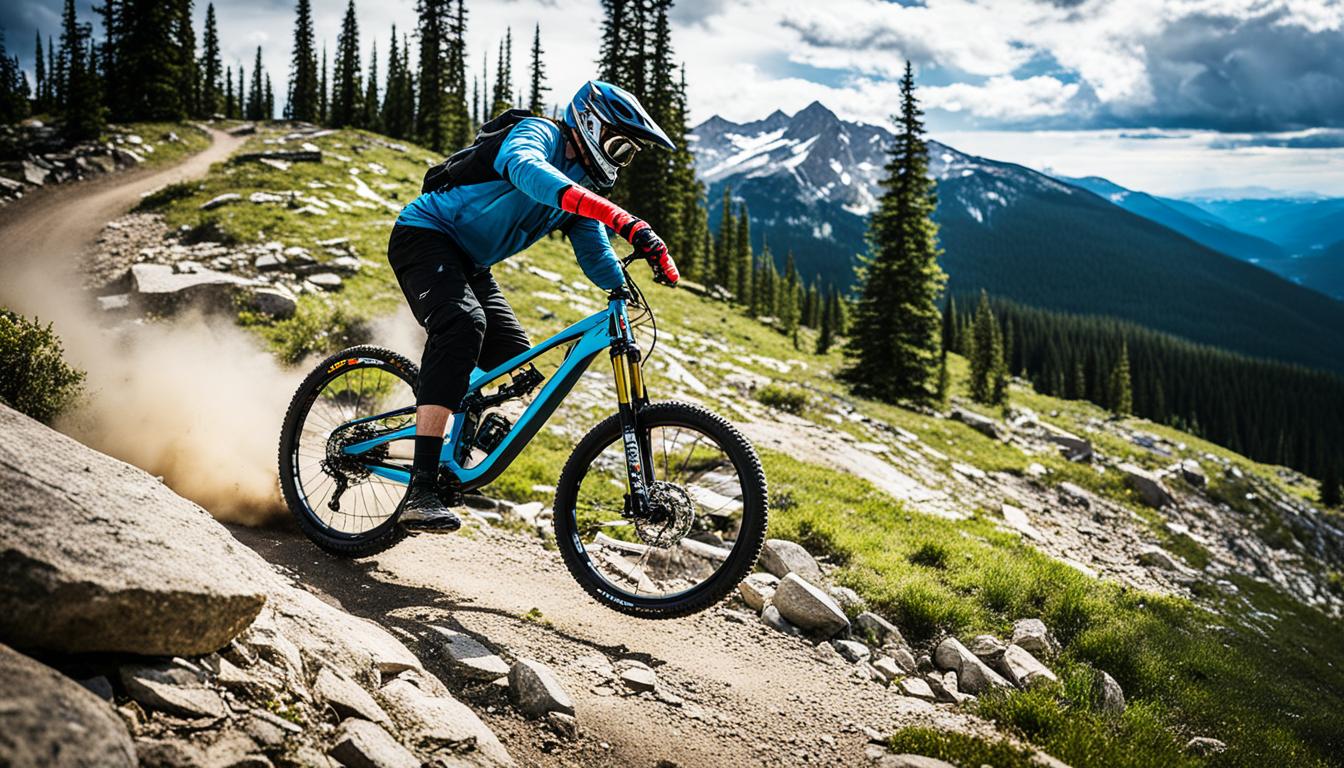

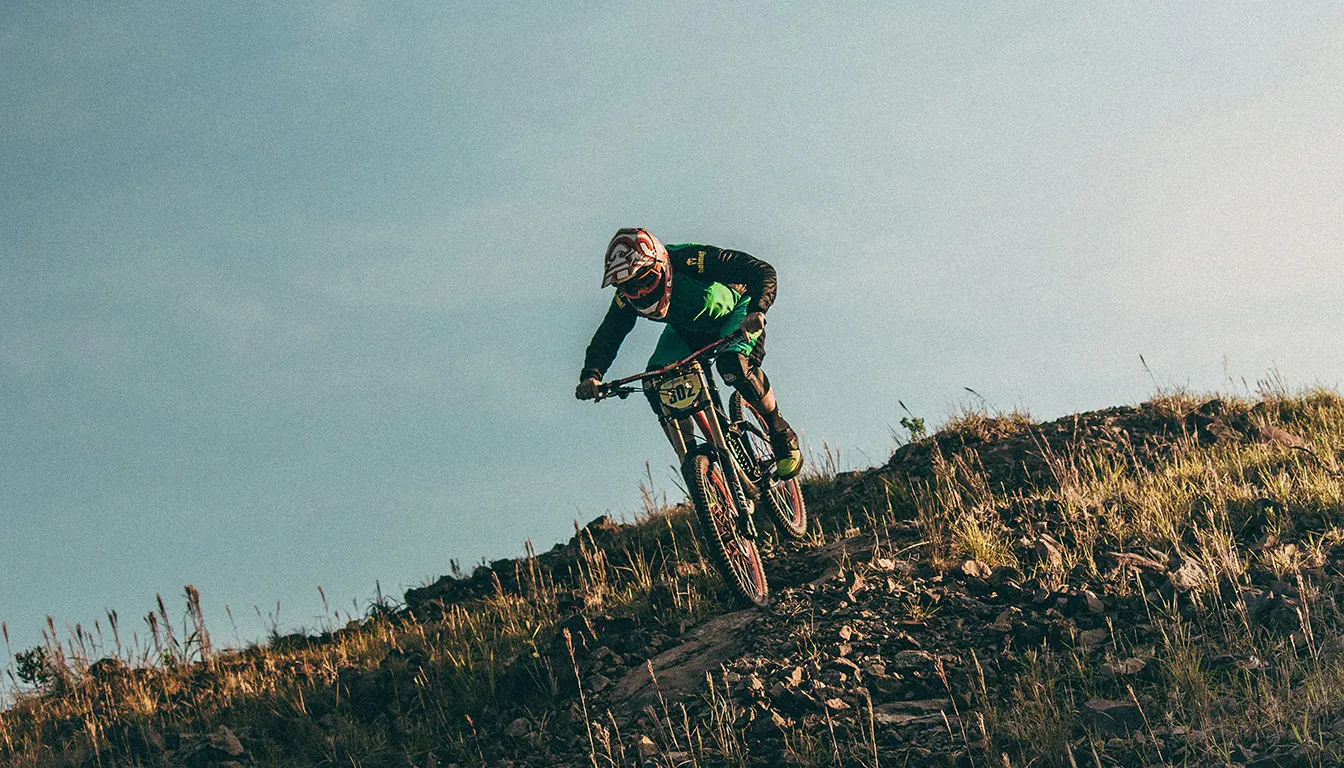
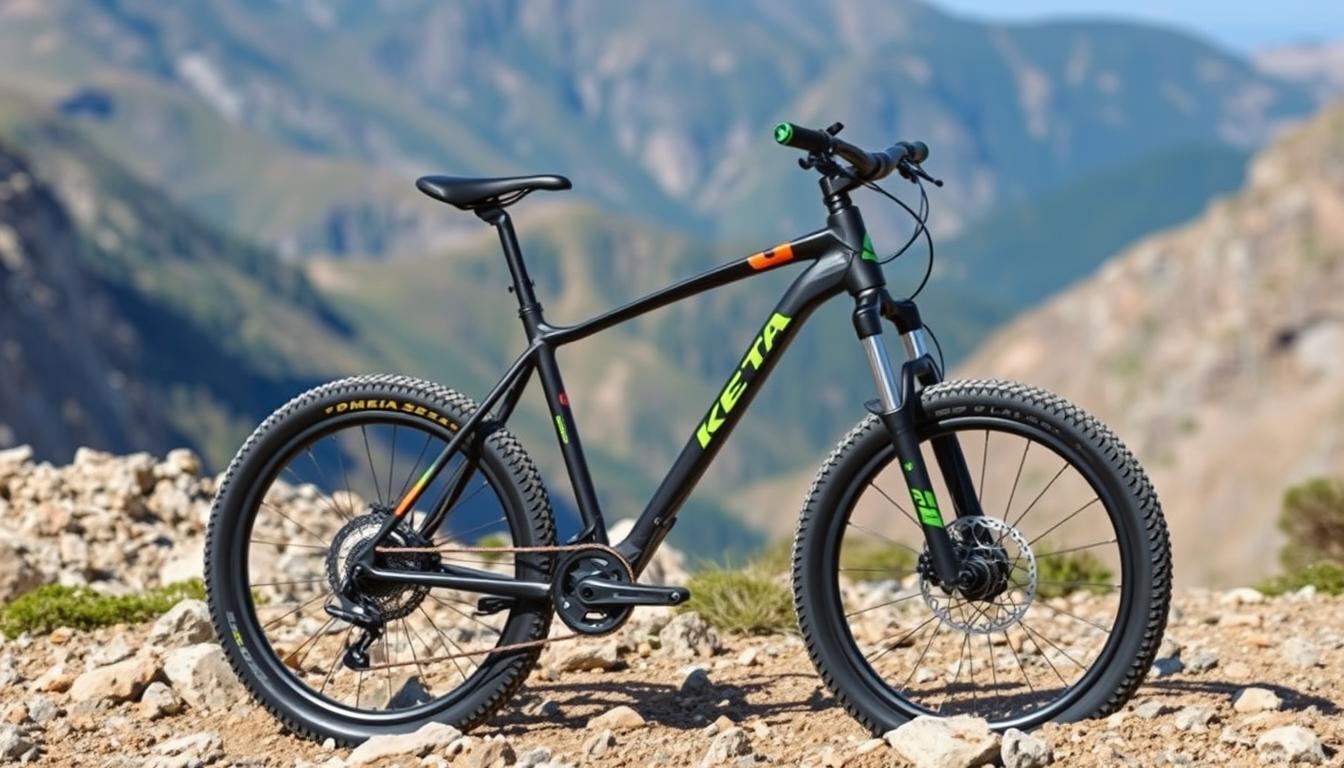

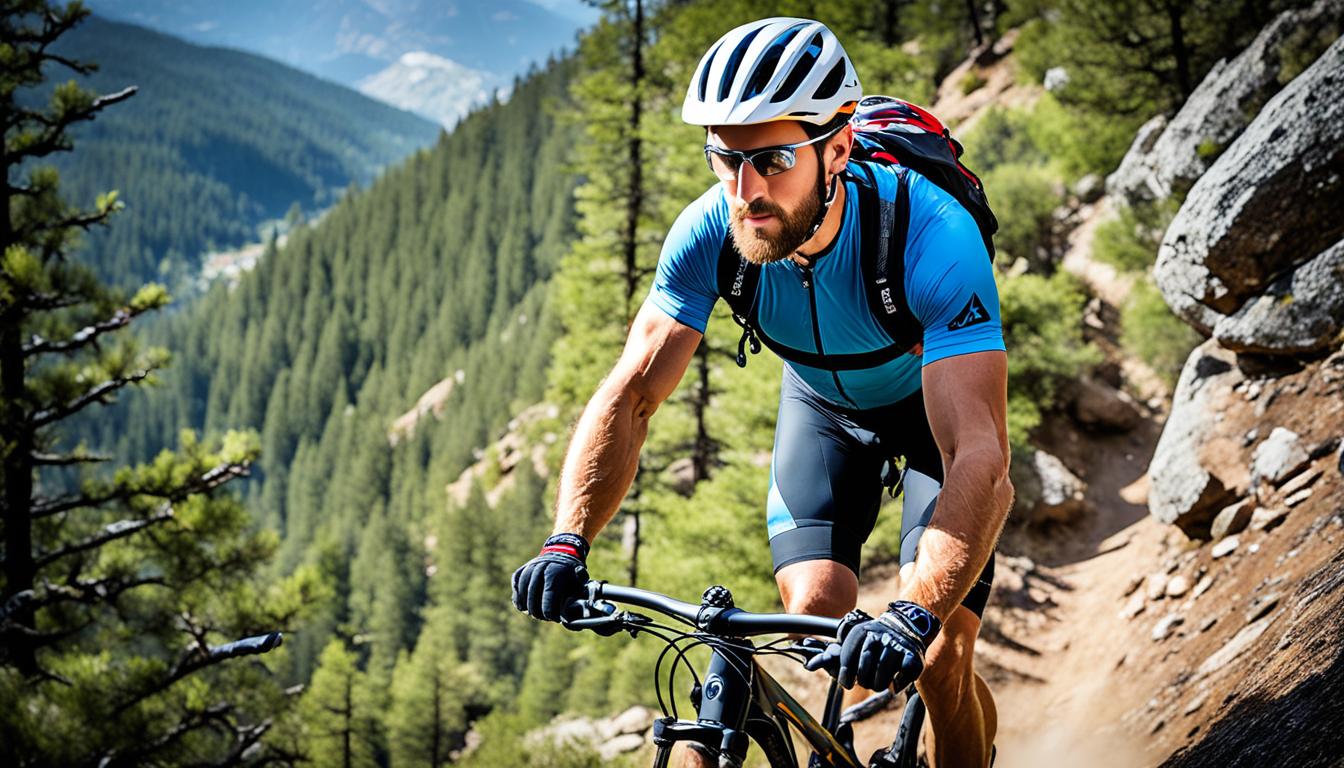
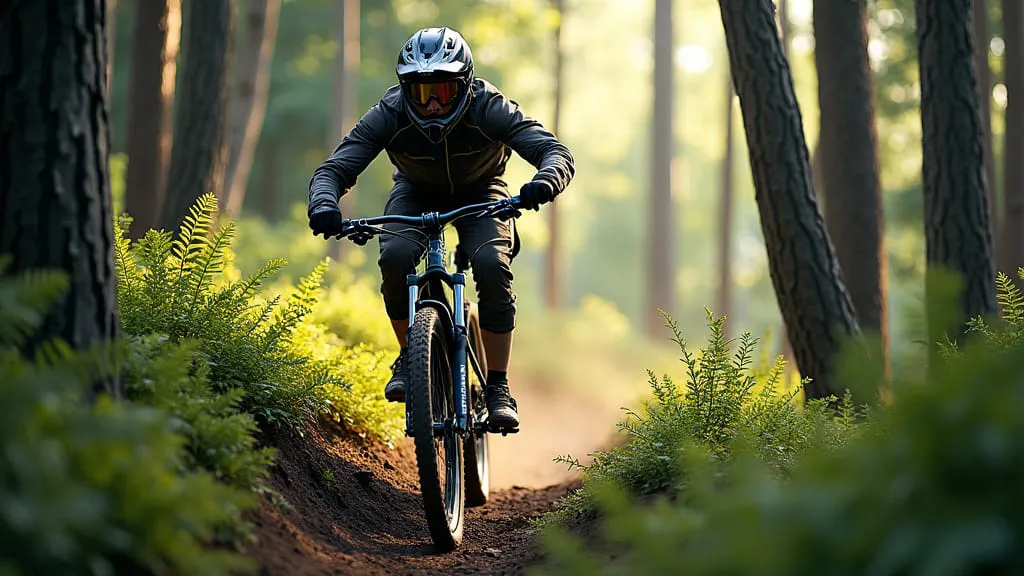
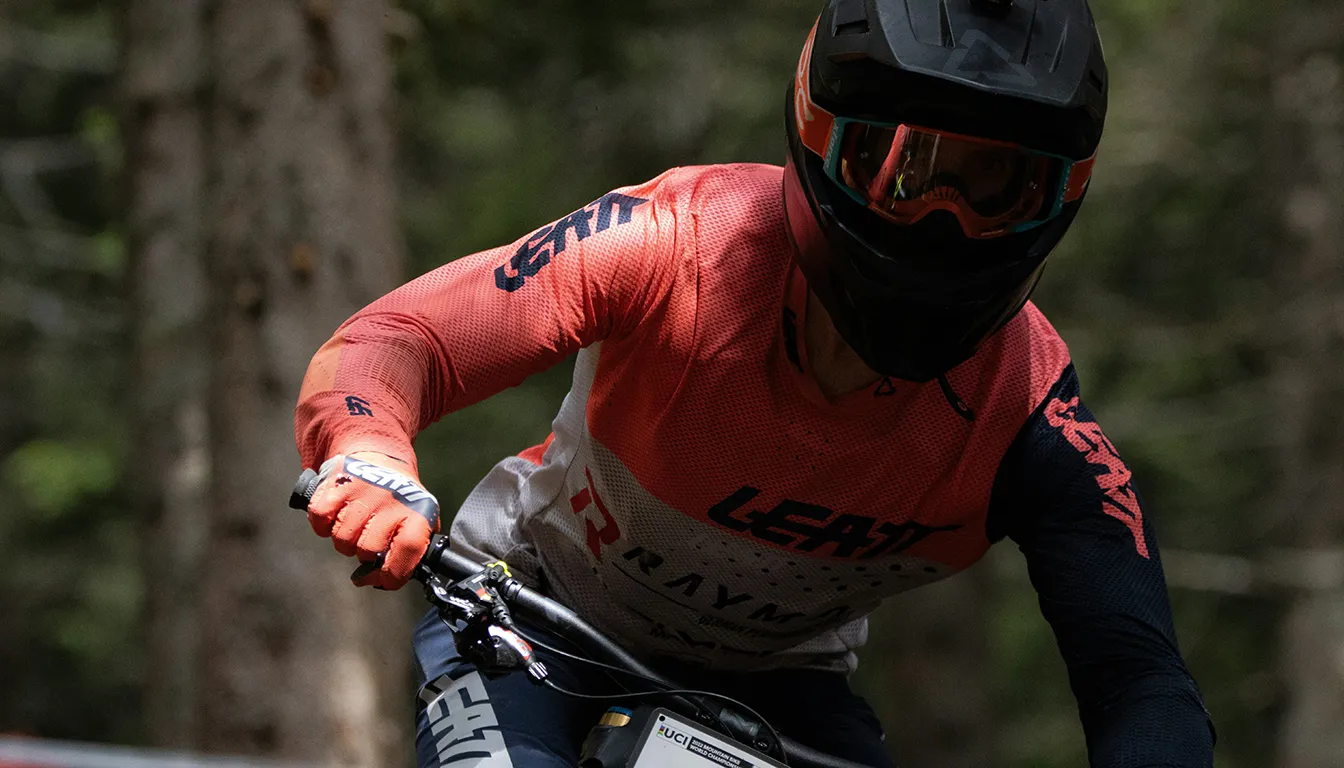
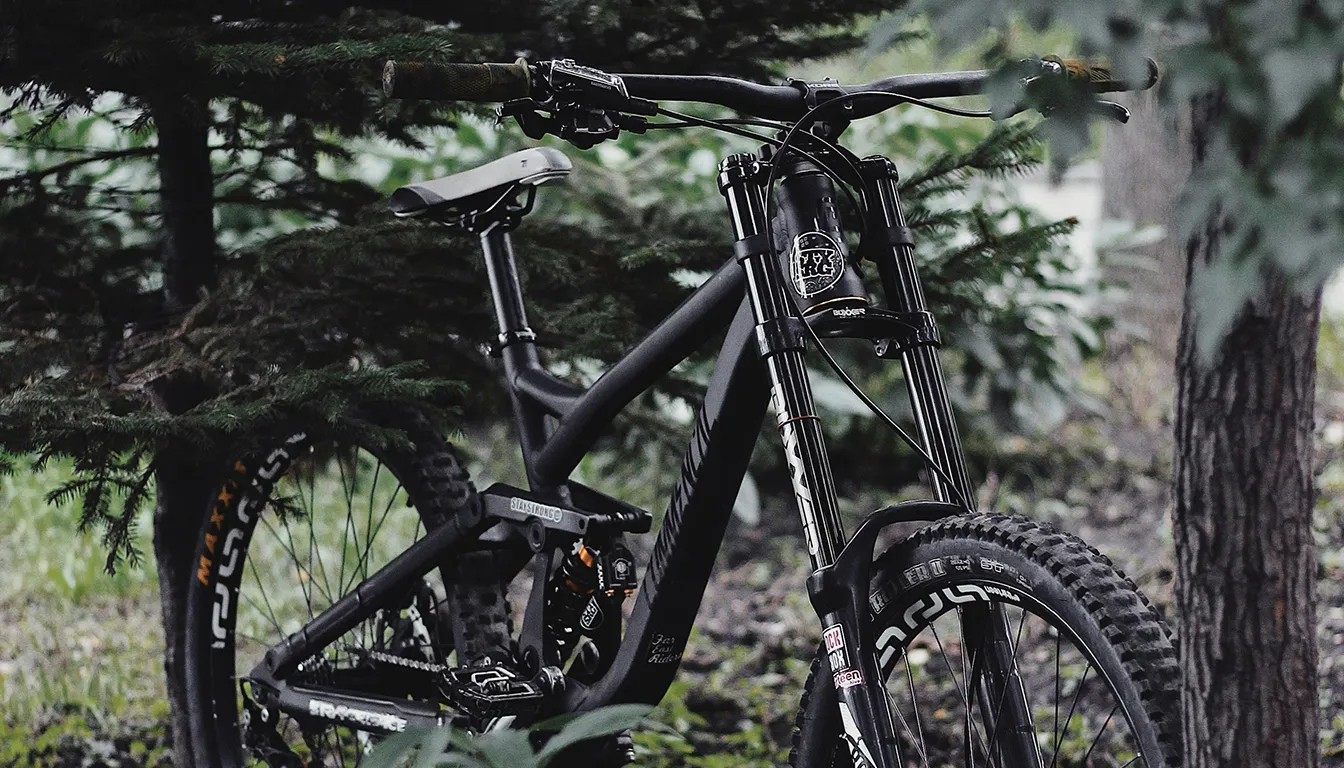
One thought on “How to Set Up Your Downhill Bike for Racing”